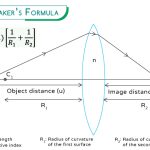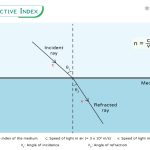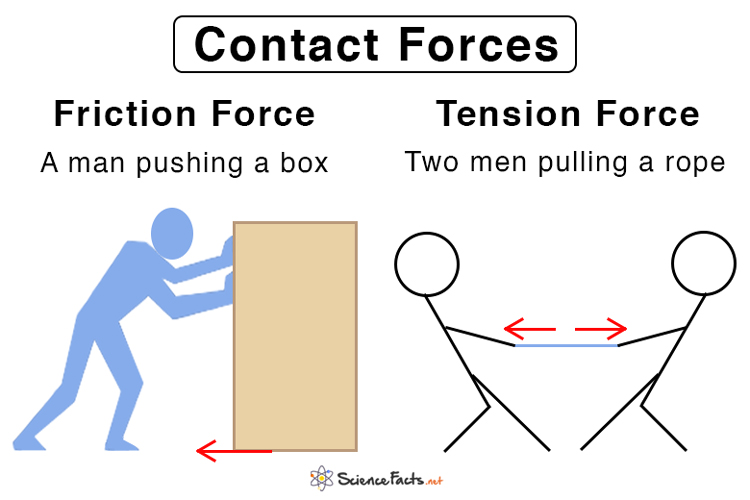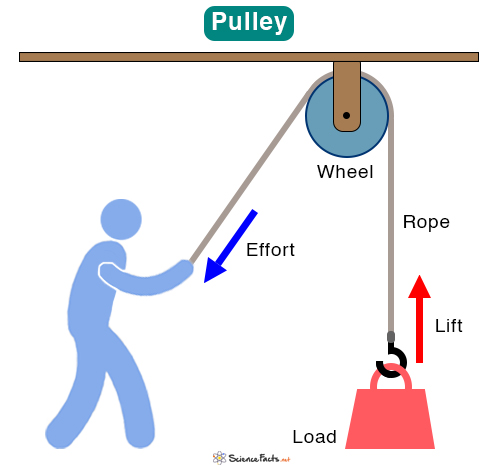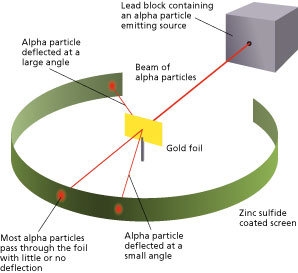Projectile Motion
Projectile motion is the motion of an object that is thrown or launched into the air and moves along a curved path due to the force of gravity. It happens when an object has an initial forward velocity and is pulled downward by gravity, causing it to follow a predictable arc-shaped path. Examples include a ball being thrown, a rocket launched at an angle, or water sprayed from a hose.
Characteristics
- The motion occurs under the influence of gravity, which acts downward throughout.
- The path followed by the object is a parabolic curve.
- The motion can be divided into two independent components:
Horizontal motion: In horizontal motion, the object moves at a constant velocity because there is no horizontal acceleration.
Vertical motion: In vertical motion, the object experiences acceleration due to gravity.
- The horizontal and vertical motions are independent of each other but happen simultaneously.
- At the highest point of the trajectory, the vertical velocity is zero, but the horizontal velocity remains constant.
Equations
Projectile motion equations describe the object’s motion in terms of its horizontal and vertical components.
Horizontal Motion
In horizontal motion, the object moves at a constant velocity because there is no horizontal acceleration. The horizontal distance (x) traveled can be calculated using:
x = vx t
Where
– vx: Horizontal velocity
– t: Time
Vertical Motion
In vertical motion, the object experiences acceleration due to gravity (g = 9.8 m/s2). The vertical position (y) is given by:
y = vy0 t − ½ g t2
The vertical velocity at any time is:
vy = vy0 − g t
Where:
– vy0: Initial vertical velocity.
Key Terms
The following table summarizes the key terms associated with projectile motion. The formulas are derived from the above equations of motion.
| Term | Definition | Symbol and Formula |
|---|---|---|
| Launch Angle or Angle of projection | The angle at which the projectile is launched relative to the horizontal axis. | θNot directly calculated |
| Initial Velocity | The speed at which the projectile is launched, determining the horizontal and vertical components of the motion. | v0Not directly calculated, but its components are as follows:Horizontal: vx0 = v0 cos θVertical: vy0 = v0 sin θ |
| Time of Flight | The total time a projectile remains in the air from launch to landing. | T = 2 vo sin θ/ g |
| Horizontal Range | The horizontal distance traveled by a projectile before hitting the ground. | R = v02 sin 2θ/g |
| Maximum Height | The highest vertical point is reached by the projectile during its motion. | H = v02 sin2 θ/ 2 g |
Applications
- Sports: Predicting the trajectory of a football, basketball, or golf ball to improve performance and strategy.
- Ballistics: Determining the path of bullets, missiles, or artillery shells for military and defense purposes.
- Engineering: Designing structures like parabolic bridges, roller coasters, and water fountains that rely on projectile motion principles.
- Space Science: Calculating the launch angles and velocities for rockets, satellites, and interplanetary probes.
Example Problems with Solutions
Problem 1: A ball is thrown horizontally from a height of 20 m with an initial velocity of 10 m/s. Find the time it takes to hit the ground and its horizontal range. (Acceleration due to gravity, g = 9.8 m/s2)
Solution
Given:
Height, h = 20 m
Initial velocity, v0 = 10 m/s
Angle of launch, θ = 0° (since it is thrown horizontally)
Therefore, the initial horizontal velocity is:
vx0 = v0 cos θ = v0 cos 0° = v0
The initial vertical velocity is:
vy0 = v0 sin 0° = 0
Since the ball is thrown horizontally, only the vertical motion is affected by gravity. The vertical motion follows the equation:
\[ y = v_{y0} t + \frac{1}{2} g t^2 \]
Since vy0 = 0, the equation simplifies to:
\[ y = \frac{1}{2} g t^2 \]
We can solve for time t when the ball hits the ground (y = 20 m):
\[ 20 = \frac{1}{2} (9.8) t^2 \\
=> t^2 = \frac{20 \times 2}{9.8} = \frac{40}{9.8} \approx 4.08\\
=> t \approx \sqrt{4.08} \approx 2.02 \text{ seconds} \]
Therefore, it takes 2.02 seconds to reach the ground.
The horizontal range depends on the horizontal velocity and the time of flight. Since there is no horizontal acceleration, the horizontal distance is given by:
R = vx t = 10 m/s x 2.02 s = 20.2 m
The horizontal distance it travels is 20.2 m.
Problem 2: A projectile is launched with an initial velocity of 30 m/s at an angle of 45°. Calculate its time of flight, maximum height, and range. (g = 9.8 m/s2)
Solution
Given:
Initial velocity, v0 = 30 m/s
Launch angle, θ = 45°
The time of flight is calculated from the following formula:
T = 2 vy0/ g
Where:
vy0 = v0 sin θ = 30 m/s x sin 45° = 21.2 m/s
Therefore,
T = 2 x 21.2 m/s / 9.8 m/s2 = 4.33 seconds
The total time the projectile stays in the air is 4.33 seconds.
The maximum height H is given by:
H = vy02/ 2 g = (21.2 m/s)2/ 2 x 9.81 m/s2 = 22.9 m
The maximum height it reaches is 22.9 m.
The range R is given by:
R = v02 sin 2θ/g = (30 m/s)2 x sin (2 x 45°)/ 9.81 m/s2 = 91.7 m
The horizontal distance the projectile travels is 91.7 m.
-
References
Article was last reviewed on Saturday, January 11, 2025




